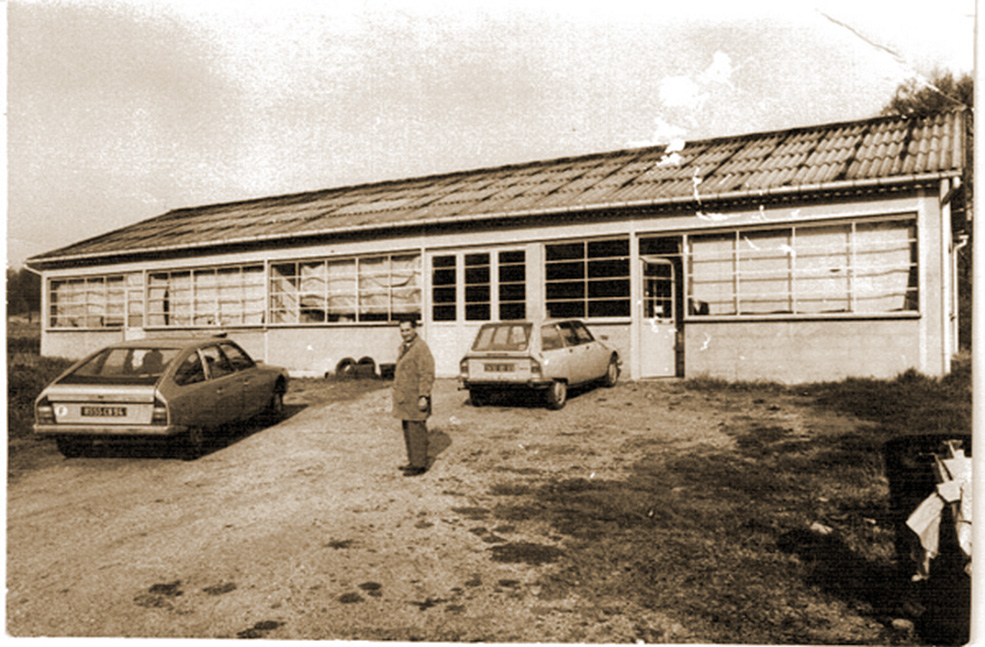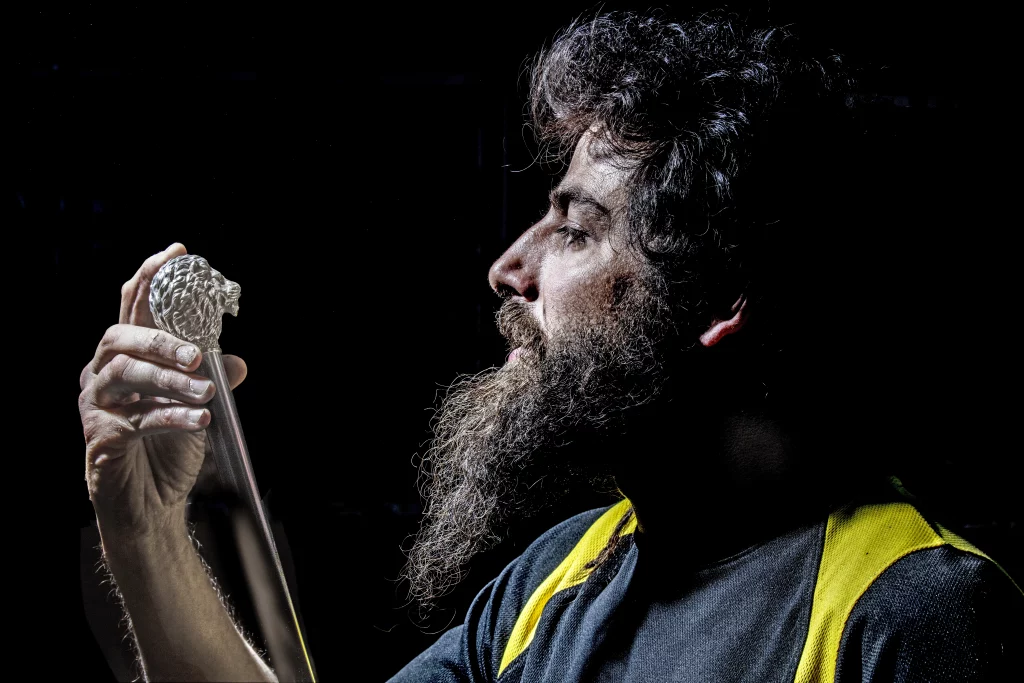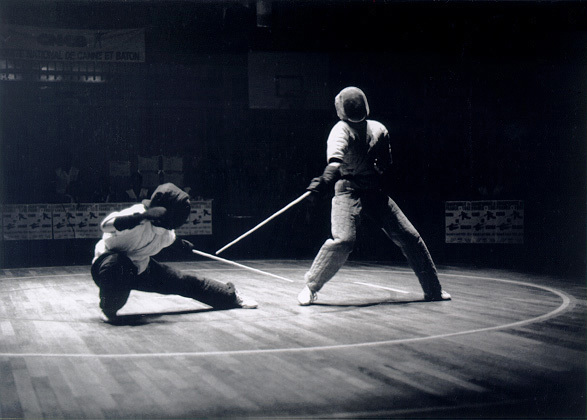
Evolution and heritage of the Fayet company: From foundation to modernity
In a nutshell, the job of a cane-maker consists in transforming a wooden “carrelet” into a utensil to help people move around or adorn their clothing.
To be a cabinetmaker, you need to be skilled in a number of areas, including the use of wood lathes and other woodworking equipment. You also need to be able to operate a lathe and the equipment used by the bar turner. It is also advisable to roughen, sand and refine a knob or handle like a sculptor.
Evolution and Heritage of Maison Fayet: From the Umbrella Era to Specialization in Canes
In 1964, with the umbrella industry in crisis, the company became “Ets Fayet Roger”, now run by Fayet himself, and reoriented its production exclusively towards cane. The manufacturer travels the length and breadth of France to sell his models, and in the course of his travels, he acquires old, unusual and precious rods, each one different from the next. Today, they are a source of inspiration for his son.
Jean-Luc Fayet, grandson of founder Georges Fayet, took over the business in 1986. Fayet Roger fils, located in Pont-de-Dore, became SARL Fabrique de Canes Fayet in 1988.
Today, the company is located on the Bournat industrial estate in Orléat. In the Puy de Dôme region of Auvergne.
The family business currently employs 10 people.


The cane or fighting stick
It was in France that this discipline was invented, and it was quite naturally at the Paris 1924, where it will be demonstrated. This sport is practiced using a chestnut cane, with which the “shooter” must hit his opponent without being hit himself. This discipline is similar to fencing. The first traces of this combat sport date back to the late Middle Ages. However, the fighting stick was not perfected until the mid-19th century, when it reached its peak.
This outdated sport has been given a new lease of life.
In fact, it’s become a fun and sporting activity, and a modern sport that’s suitable for all ages. There are two types of stick: the Canne de Combat (fighting stick) and the Bâton (stick), which uses a conical, blunt wooden weapon. The cane is 95 cm long and weighs between 100 and 200 g. It is held in one hand. The stick, 140cm long and weighing around 400g, is held with two hands.
